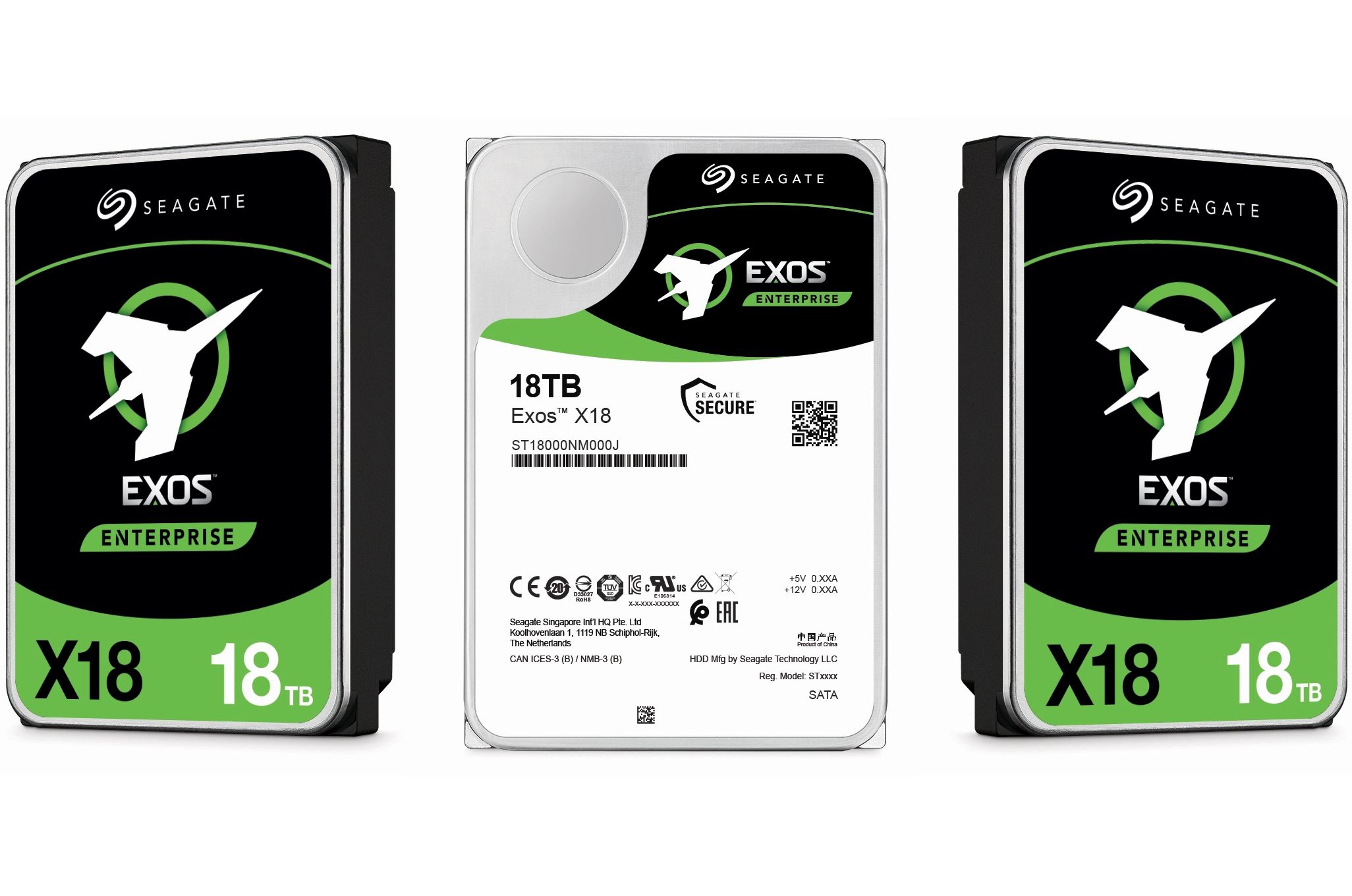
The card itself is rather reminiscent of days of yore. Days before the entire industry lost their collective damn mind. A time when a 2.5-slot form factor was considered YUGE… and not tiny.

We say this as this card is officially 51mm tall, but as that includes the backplate it is more like 48.69mm.

More importantly, it is less than 11 inches long (even if it is officially 280mm long). That is small by x90-class standards of darn near any generation. However, to keep MSI from being seen as “strange” (and mocked) by all the other design teams it is well over PCI-SIG standards when it comes to width. To be precise this absolute unit is 148mm wide. Which is a polite way of saying it is nearly 42mm (by our measurements) oversized.

Considering this allowed MSI the freedom to use a 100mm class fan we really do not have much to complain about this choice. All we will say is that it will limit case selection a smidgen… but once again. If a case can accept a 360-class AIO, it probably will have a modern allowance for “plus-sized” video cards baked right into the rest of its design. Just be aware of this fact and do not just blindly assume that “AIO” is the same as saying “zero PCIe zone installation issues”. They exist, but the pros do indeed outweigh the cons.

Before moving on we do have to point out a couple of critical facts. First, this card may somewhat look like it is a ‘blower’ edition. It may even have copious exhaust ports cut out into the back plate area of the card.
It is not a blower edition.

That 100mm fan is a downdraft style that has somewhat been handicapped by the backplate design… and those rear cutouts are actually where the majority of waste air (aka heat) will be pushed out.

This is because the backplate does not conform to modern design choices and lacks the large ‘passthrough’ cutout that allows a fan’s waste air to easily flow through the cooling array, then through the backplate, and up and into the CPU zone of your system.
If this was indeed an air-based video card we would be royal PO’ed. We are not as this single fan has to do double duty at keeping the decently sized fin array (used for cooling the VRM and memory ICs on the PCB) as well as the rest of the PCB components cool. As such is said waste air was not forced to travel over basically the entirety of the PCB before being allowed to exit out the back… well lets just say that Mr. Murphy could indeed show up and cause random heat instability that would be a major PITA to track down. After all, both the core and RAM temperature sensors would say everything is fine as they are cooled by the AIO, and it would all come down to board temp sensors to pinpoint what the problem is. So this lack of “modern thinking” is a good thing.

As expected from an uber-high-end model the RTX 5090 Suprim Liquid SOC comes with a legit metal backplate. That was expected. Water makes things wet. The sky usually appears blue… and by your lord and personal savior a card costing this much had better come with a backplate lest you lose your shite and start sperging out. That was all expected. What was not is how nicely MSI blended the front and side aesthetics directly into the backplate.
What we mean is simple. This is an expensive-to-make backplate that combines brushed/sandblasted aesthetics with smooth black paint. Furthermore, the direction of the ‘brushing’ varies in three different directions. As someone who has worked with metal a lot over the years… that is an expensive, multi-step process to say the least. All for a backplate

To be fair the multi-angular black portion is not actually part of the backplate. It’s part of the underplate/heatsink portion of this card and the backplate “just” has that corner cut out to show off said under chassis. Even still that is one expensive chunk of metal to machine and finish. Furthermore, the overall aesthetic of this card is superb. This is a good thing for if the looks were mediocre in any portion or part of the card we would have called MSI out on disappointing us. As such, this is a pretty yet highly flexible GPU that can indeed be used in a wide range of builds… assuming said build’s budget can justify an RTX 5090 that is.









